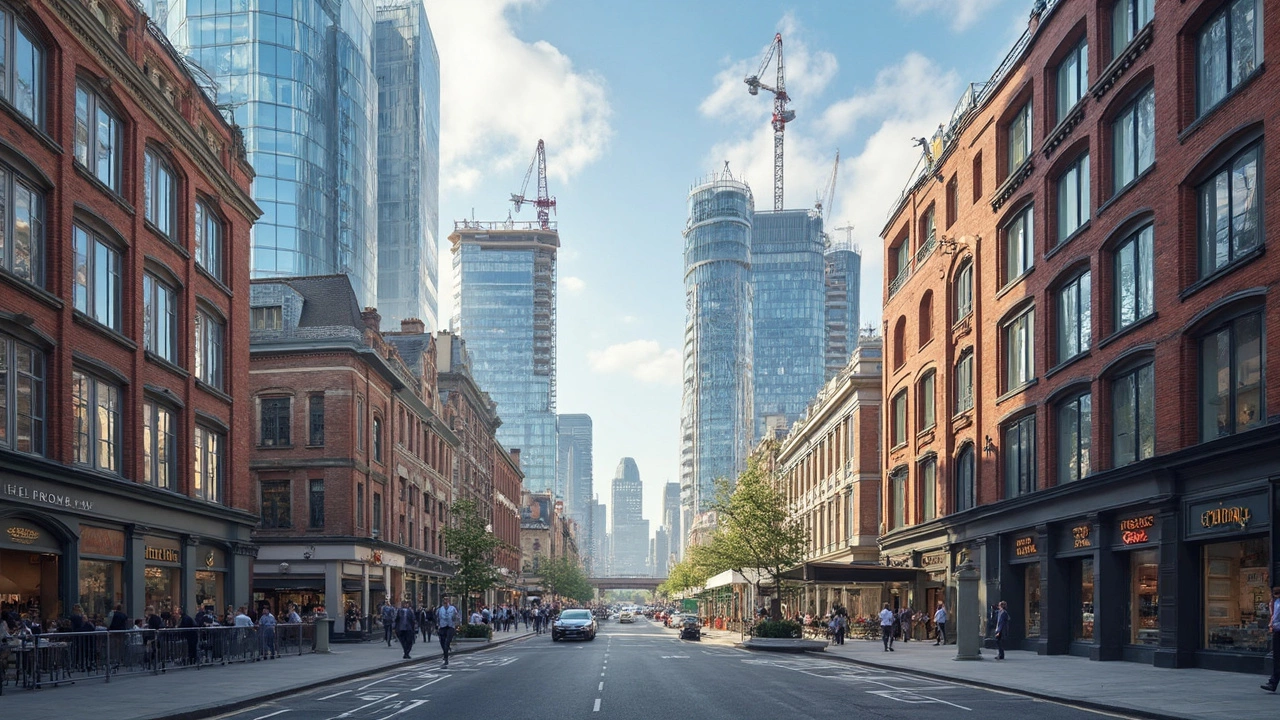Commercial Building: Practical UK Guides & Tips
If you’re staring at a blue‑print for a shop, office block or school, the first question is usually “what rules apply?” In the UK, commercial projects have their own set of limits, materials, and contractor hierarchies. This page gathers the most useful advice so you can avoid surprises, keep costs down, and finish on time.
What makes a building commercial?
A commercial building is any structure designed for business, public use or profit‑making activities – think retail stores, warehouses, schools, hotels and factories. Unlike a house, a commercial project often needs fire‑rating specifications, higher load‑bearing walls, and stricter planning permissions. Knowing these differences early saves you from costly redesigns later.
Key topics you’ll find in this hub
We’ve pulled together short, action‑focused articles that answer the most common questions:
- Foundation health: Learn how to read crack widths, when a crack is serious, and which cement mixes give lasting strength.
- Planning permissions: Quick guides on what you can extend without a permit and when a full application is mandatory.
- Construction methods: Discover the cheapest building techniques for 2025 and the 3‑4‑5 method for perfect right angles.
- Contractor roles: Understand what a lower‑tier contractor does in a commercial project and how to manage them.
- Building classification: Find out whether a school counts as commercial or industrial and why the distinction matters.
Each article sticks to plain language, real‑world examples, and step‑by‑step advice. For instance, the “Foundation Crack Size” pieces show you a simple measurement chart – if a crack is wider than 3 mm, call a structural engineer. The “Cheapest Building Methods” guide lists three budget‑friendly materials you can source locally, plus tips on keeping quality high.
When you’re budgeting, the “Build or Buy a House in 2025?” post breaks down hidden costs you might overlook, like insurance exclusions for foundation issues. Even if you’re not building a home, those cost‑cutting tricks translate to commercial projects: bulk‑order cement, reuse site‑cleared soil, and schedule work to avoid peak labour rates.
Safety and compliance are another big theme. The “School Building Classification” article explains why schools often need extra fire‑exits and acoustic insulation, and how to prove compliance to local councils. Meanwhile, the “Lower Tier Contractor” piece warns about common legal pitfalls and recommends clear contracts that define scope, deadlines, and payment milestones.
Staying on schedule is easier when you know the typical settling time for a new structure. Our “How Long Does It Take for a New Building to Settle?” guide tells you that most bases stabilise within 12‑18 months, but you should inspect for new cracks every three months during that period.
All these resources are built for busy professionals, homeowners turning a shopfront into a loft office, or anyone who just wants to understand the basics before talking to an architect. Dive into the articles that match your project stage – whether you’re still planning, already on site, or reviewing the final handover checklist.
Ready to get started? Pick a topic, read the quick guide, and apply the tips to your commercial build today. You’ll avoid the usual headaches and keep your project moving forward with confidence.



